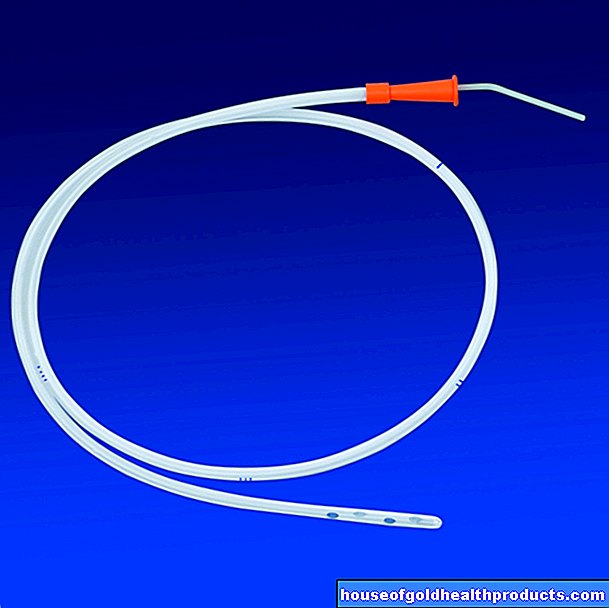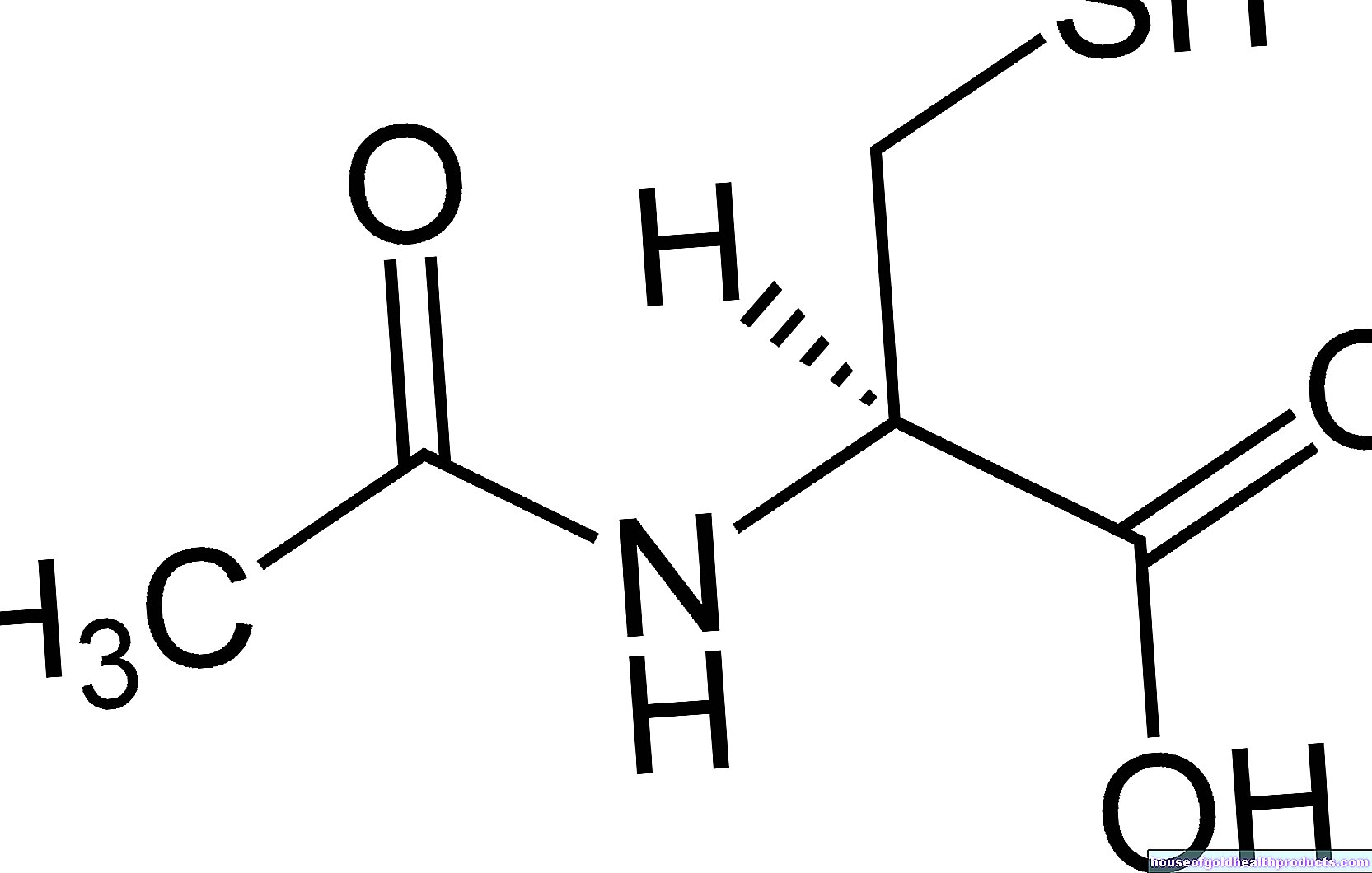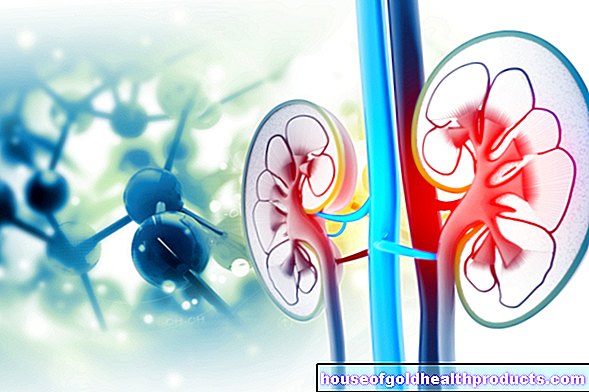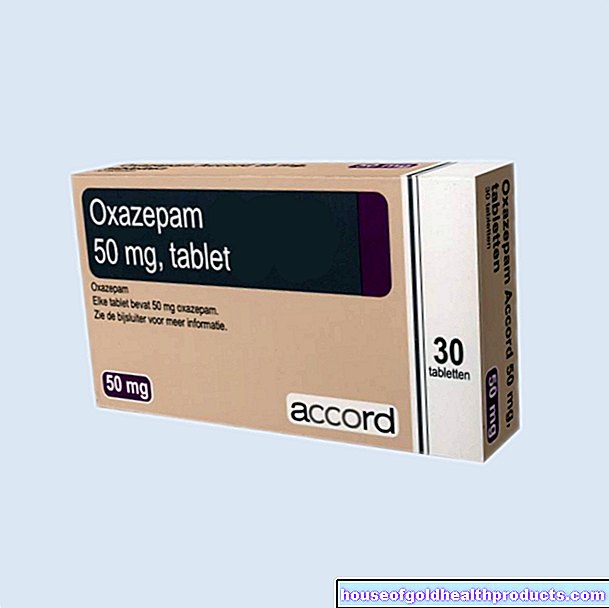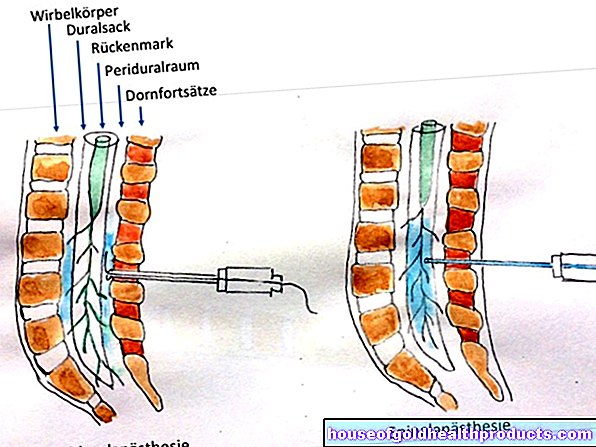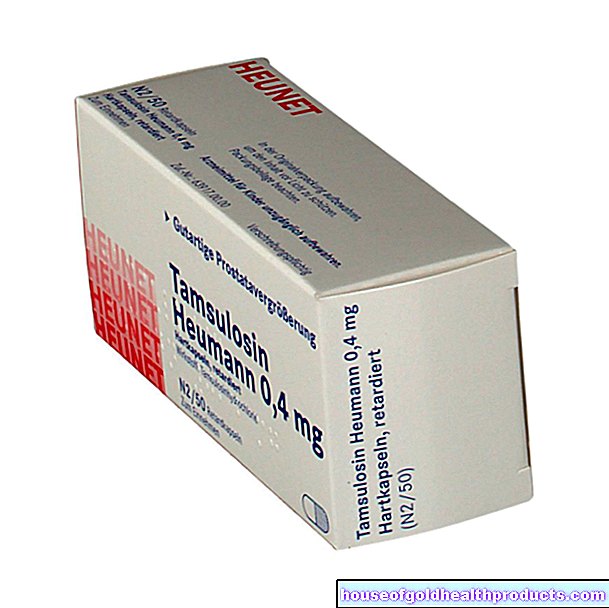Lysis
Markus Fichtl is a freelance writer in the medical department.
More about the experts All content is checked by medical journalists.Lysis is a drug therapy that is used to dissolve blood clots. It is used, for example, in the acute treatment of heart attacks and strokes. Read everything about this therapy procedure, when it is carried out and what the risks are.

What is a lysis?
As a result of coagulation disorders, physical inactivity and / or various previous illnesses, blood clots can form in the vascular system, which either remain where they were formed (thrombi) or are carried away by the blood flow (embolus). For example, a thrombus that has formed in the lower leg can loosen and cause a pulmonary embolism.
The blood clot represents a mechanical barrier for the blood. The result is so-called ischemia, ie an undersupply of oxygen to the areas downstream of the clot.
The aim of lysis therapy is to dissolve this barrier before the tissue is irreversibly damaged by the lack of oxygen. For this purpose, various drugs are used that break down the protein fibrin, which is responsible for blood clotting.
When do you perform a lysis?
Lysis therapy is carried out for:
- acute peripheral vascular occlusion
- acute heart attack (acute myocardial infarction)
- ischemic stroke
- chronic peripheral arterial disease
- Pulmonary embolism
In contrast to ischemic stroke (caused by a vascular occlusion), in hemorrhagic stroke (caused by bleeding), under no circumstances should lysis be carried out, as this would massively increase the bleeding.
With every minute that passes before the start of lysis, more tissue dies. Therefore, certain so-called time windows are set for the initiation of acute therapy. If the lysis therapy starts too late, the clot can hardly be dissolved with medication.
In principle, rapid action, an emergency doctor and immediate in-patient admission to a hospital with a vascular center are required as part of the lysis therapy. If the journey to the nearest hospital is long, lysis can also be started in the ambulance.
What do you do with a lysis?
The doctor administers drugs through a venous line that either break down the thrombus directly or activate the body's own breakdown enzymes (plasminogen). In more than half of the cases, the blocked vessel will clear again within 90 minutes.
The enzymes streptokinase and urokinase or the genetically engineered activators alteplase, reteplase or tenekteplase are used for the lysis. Acetylsalicylic acid and heparin are usually given as support by the emergency doctor, as early treatment improves the prognosis:
- Acetylsalicylic acid (ASA) prevents the accumulation of blood platelets and thus an enlargement of the blood clot. The tissue damage is limited in this way.
- Heparin interferes with the blood coagulation system and prevents the thrombus from enlarging.
For decades, thrombolysis was the classic therapy, especially for acute myocardial infarction. Today's standard therapy is acute coronary intervention using percutaneous transluminal coronary angioplasty (PTCA), which achieves better results in terms of quality of life and survival rate. The blocked coronary artery is expanded with a so-called balloon catheter. However, this assumes that a cardiology center is available nearby. If this is more than 90 minutes away, early lysis therapy should be initiated on site.
A variation of both methods is local lysis (intra-arterial thrombolysis). A catheter is pushed through an artery to the location of the vascular occlusion and a drug that dissolves clots (e.g. pro-urokinase) is injected directly.
What are the risks of lysis?
The administered lysis drugs inhibit the body's own blood clotting because they not only work at the location of the vascular occlusion, but also throughout the body. Heavy bleeding can occur as a complication. Previously undetected sources of bleeding such as stomach ulcers or vascular malformations in the brain (aneurysms) can be activated. Lysis treatment is also not recommended in patients with uncontrollable high blood pressure. Cerebral haemorrhage can occur as a serious, rare side effect.
What do I have to consider after a lysis?
Cardiac arrhythmias often occur after successful thrombolytic therapy in a heart attack. Therefore, the patients are strictly monitored after a lysis.
After a lysis, it is generally advisable to have risk factors for another heart attack or stroke such as high blood pressure, high cholesterol, obesity or diabetes mellitus regularly checked and adequately treated. Another important aspect is to give up smoking and to attend the biannual to annual check-ups.
Tags: hospital prevention drugs
